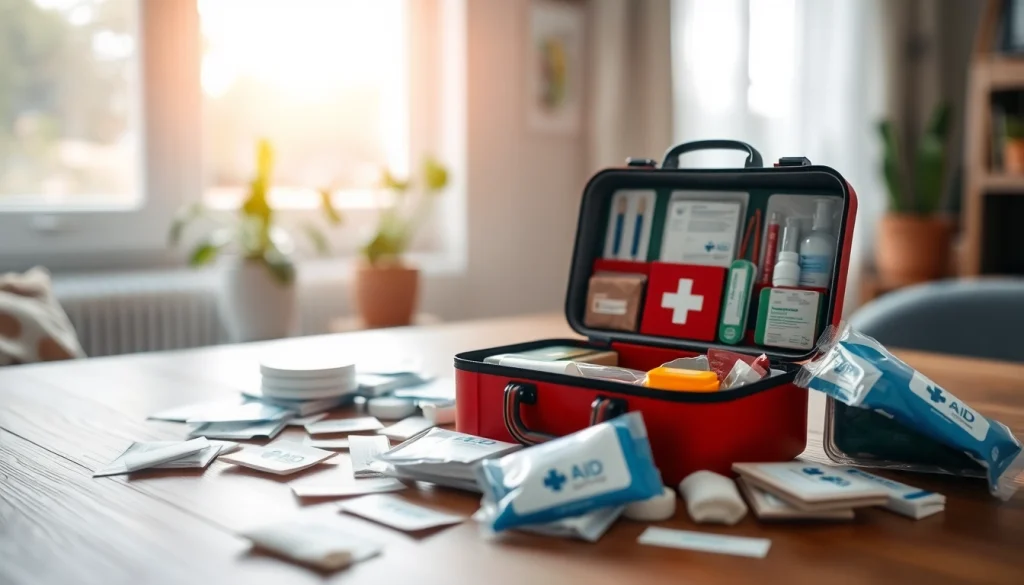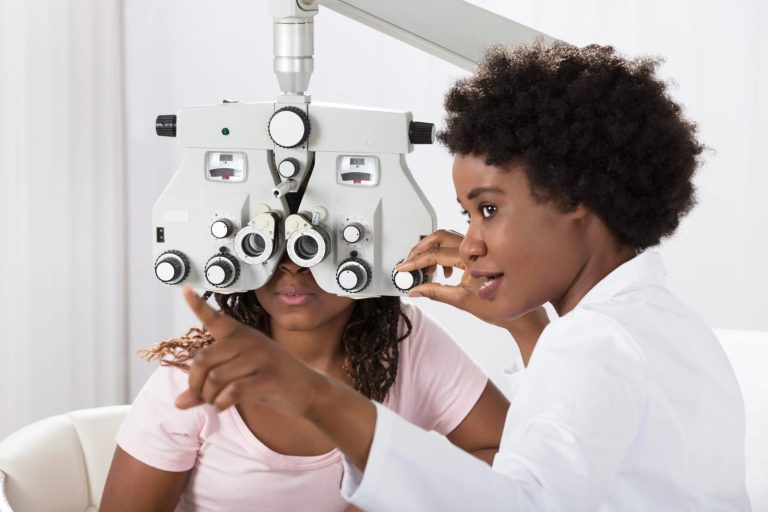
Understanding First Aid: The Basics
What is First Aid and Why is it Important?
First Aid refers to the initial assistance provided to an individual suffering from a minor or serious illness or injury. In many instances, First Aid can mean the difference between life and death, making it a crucial skill for everyone, irrespective of their profession or lifestyle. It is essential in emergencies, as it encompasses the skills and knowledge that enable individuals to act quickly and effectively when faced with potential crises.
Knowledge of First Aid is vital not only for potentially saving lives but also for preventing further injury. The importance of First Aid lies in its versatility; it can be applied in various contexts—home, workplace, school, and community events. Furthermore, providing First Aid promotes a sense of responsibility and preparedness, fostering safer environments.
Common First Aid Scenarios and Responses
First Aid scenarios often occur unexpectedly, making it crucial to be prepared. Some common situations include:
- Cut and Scrapes: Minor wounds that may require cleaning and dressing.
- Burns: Can range from mild to severe based on exposure time and temperature.
- Sprains and Strains: Injuries affecting ligaments or muscles typically caused by sudden movements.
- Heart Attacks: Symptoms might include chest pain, shortness of breath, or dizziness.
- Choking: A life-threatening condition needing immediate intervention.
Being prepared to respond effectively to such situations can save lives, reduce recovery time, and mitigate the risk of long-term effects.
Key First Aid Tools and Their Uses
A well-equipped First Aid kit is essential for both home and workplace safety. Here are some key tools and their uses:
- Adhesive Bandages: Used for minor cuts and abrasions.
- Antiseptic Wipes: Important for cleaning wounds to prevent infections.
- Gauze and Adhesive Tape: Useful for larger wounds or to stop bleeding.
- Thermometer: For checking body temperature during illness.
- Scissors and Tweezers: For cutting tape, gauze, or removing splinters.
Understanding how to use these tools effectively enhances the ability to respond appropriately in emergencies, fostering confidence and skill in wearing the First Aid hat.
Essential First Aid Techniques to Master
How to Respond to Cuts and Scrapes
The process of treating cuts and scrapes involves several essential steps:
- Ensure the situation is safe before approaching the injured person.
- Wash your hands or use hand sanitizer to minimize infection risk.
- Clean the wound gently with soap and water; avoid using alcohol, which can irritate.
- Apply an antiseptic to the area.
- Cover with an appropriate dressing, ensuring it is secured without restricting circulation.
- Monitor for signs of infection, like redness or increased pain.
These steps can effectively manage minor wounds and significantly reduce the risk of serious complications.
Managing Burns: First Aid Treatments
Burns can be caused by heat, chemicals, electricity, or radiation and vary in severity. Here’s how to manage them:
- For minor burns, place the affected area under cool running water for at least 10 minutes.
- Do not apply ice, as this can further damage the skin.
- Cover the burn with a sterile non-stick gauze bandage.
- Over-the-counter pain relievers like ibuprofen or acetaminophen can help manage pain.
- Seek medical attention for severe burns or burns on sensitive areas (face, hands, genitals).
Dealing with Sprains and Strains Effectively
Bodily stresses like sprains or strains are common during physical activities. To manage these injuries effectively, the R.I.C.E. method is recommended:
- Rest: Avoid using the injured area to prevent further damage.
- Ice: Apply ice packs for 20 minutes at a time to reduce swelling.
- Compression: Use compression bandages to support the injured area.
- Elevation: Keep the injured part elevated to minimize swelling.
By following these guidelines, individuals can recover more quickly and effectively from sprains and strains.
Advanced First Aid Skills for Emergency Situations
CPR: Techniques and Best Practices
Cardiopulmonary Resuscitation (CPR) is a crucial lifesaving technique used when someone’s breathing or heartbeat has stopped. Key techniques include:
- Check for responsiveness by shaking the person gently and shouting.
- If there’s no response, call for emergency help.
- Position the person on their back on a firm surface.
- Perform chest compressions at a rate of 100-120 compressions per minute, pushing down hard and fast in the center of the chest.
- After 30 compressions, provide 2 rescue breaths, ensuring the airway is clear.
Repeat this cycle until help arrives or the person shows signs of life.
Using an AED: When and How to Apply
An Automated External Defibrillator (AED) can greatly increase survival rates in case of cardiac arrest. Here’s how to use it:
- Turn on the AED and follow the audio/visual prompts.
- Expose the person’s chest and attach the AED pads, ensuring they do not touch each other.
- Stand clear and allow the AED to analyze the heart rhythm.
- If a shock is advised, ensure no one is touching the person and deliver the shock.
- Continue CPR until emergency personnel arrive.
Recognizing and Treating Shock in Patients
Shock, a life-threatening condition, occurs when the body is not getting enough blood flow, which can lead to organ failure. Recognizing symptoms such as rapid pulse, pale skin, or confusion is crucial. Here are the steps to manage shock:
- Call for emergency help immediately.
- Lay the person down and elevate their legs to promote blood flow to vital organs.
- Cover them with a blanket to keep them warm.
- Avoid giving them food or drink in case surgery is required.
The Role of First Aid in Everyday Life
First Aid for Parents: Child Safety Tips
Parents require additional preparation to handle common childhood injuries. Here are vital tips to keep children safe:
- Always supervise children near water, high places, and busy areas.
- Teach children about safety measures like not running with sharp objects.
- Have a First Aid kit readily available and regularly stocked.
- Educate children on basic First Aid processes in an age-appropriate manner.
Workplace First Aid: Essential Strategies
Employers should prioritize First Aid to ensure a safe working environment. Essential strategies include:
- Regularly train employees on First Aid techniques and emergency protocols.
- Conduct safety drills to familiarize teams with response procedures.
- Ensure First Aid kits are accessible and fully stocked.
- Establish a clear First Aid policy outlining procedures and roles in emergencies.
First Aid Training: Finding the Right Course
Choosing a First Aid training course involves several considerations:
- Look for accredited programs that meet local regulations.
- Ensure the curriculum covers essential techniques, including CPR and AED use.
- Opt for courses that provide hands-on practice for better skill retention.
- Check reviews or testimonials from previous participants for credibility.
Measuring the Impact of First Aid Skills
Benefits of Being First Aid Certified
Being First Aid certified offers numerous benefits, including:
- Increased Confidence: Training helps develop the confidence to act decisively in emergencies.
- Job Opportunities: Many employers prefer candidates with First Aid certification.
- Healthy Community: Knowledgeable individuals contribute to overall community safety and support.
Real-Life Stories of First Aid Saves
Real-life accounts underscore the significance of First Aid training. For instance, many individuals credit their ability to identify a heart attack and perform CPR as the reason they were able to save a loved one’s life. Such testimonies illustrate that implementing First Aid knowledge can have impactful, life-changing results.
Evaluating Your First Aid Preparedness
Regularly assessing your First Aid knowledge and readiness is crucial. Here are strategies for evaluation:
- Take refresher courses periodically to keep skills sharp.
- Review your personal First Aid kit contents and replace outdated items.
- Engage in discussions with peers about handling various scenarios to gain new insights.
By continuously honing your capabilities, you not only enhance personal preparedness but also contribute to a safer community.






